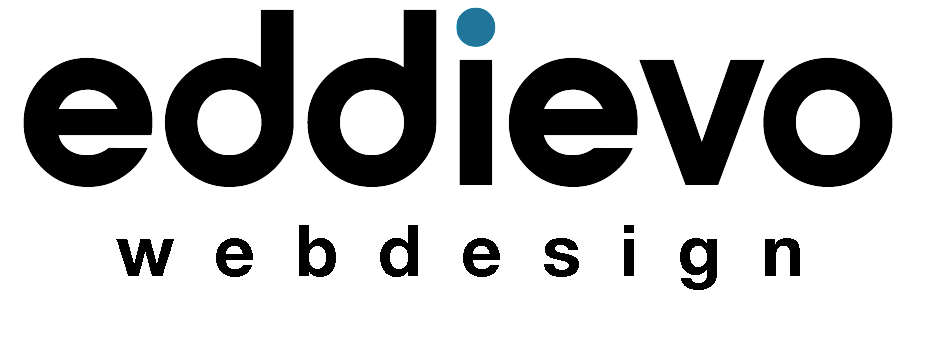In the dynamic world of web development, staying abreast of the latest technologies and frameworks is essential for building cutting-edge websites and applications. As we venture further into 2024, several frameworks have emerged as front-runners, offering developers powerful tools and resources to streamline development workflows, enhance productivity, and deliver exceptional user experiences. In this article, we’ll explore the top three web development frameworks you should know about in 2024 and the unique advantages they bring to the table.

The Web Development Frontier: Top 3 Frameworks to Rule in 2024
he web development landscape is a constantly shifting terrain. Frameworks, those powerful tools that expedite the web development process, are at the forefront of this evolution. Choosing the right framework can empower you to build dynamic, interactive websites efficiently. But with a vast array of options available, which ones should you be focusing on in 2024? Let’s explore the top 3 web development frameworks poised to dominate the scene this year.
1. React.js
React.js, developed by Facebook, has cemented its position as one of the most popular JavaScript libraries for building user interfaces. Known for its declarative and component-based approach, React.js allows developers to create interactive and dynamic UIs with ease. With a virtual DOM (Document Object Model) and efficient rendering mechanisms, React.js enables lightning-fast performance and seamless updates, making it ideal for building complex single-page applications (SPAs) and interactive web interfaces.
Key Features of React.js:
- Component-Based Architecture: React.js encourages the creation of reusable UI components, simplifying development and maintenance tasks and promoting code reusability.
- Virtual DOM: React.js utilizes a virtual DOM to optimize rendering performance, minimizing the need for costly DOM manipulations and improving application responsiveness.
- Unidirectional Data Flow: React.js follows a unidirectional data flow pattern, ensuring predictable and manageable state management and reducing the risk of bugs and inconsistencies.
- Rich Ecosystem: React.js boasts a vibrant ecosystem of third-party libraries, tools, and extensions, such as React Router for routing and Redux for state management, further enhancing its capabilities and flexibility.
2. Vue.js
Vue.js has rapidly gained popularity in recent years as a progressive JavaScript framework for building modern web applications. Developed by Evan You, Vue.js is renowned for its simplicity, flexibility, and ease of integration, making it an excellent choice for both beginners and experienced developers alike. With its reactive data binding and component-based architecture, Vue.js empowers developers to create sophisticated UIs and SPAs with minimal overhead and boilerplate code.
Key Features of Vue.js:
- Reactive Data Binding: Vue.js offers reactive data binding, allowing developers to declaratively bind data to the UI and automatically update the view when the data changes, resulting in a more responsive and interactive user experience.
- Component-Based Architecture: Like React.js, Vue.js promotes a component-based architecture, enabling developers to encapsulate UI functionality into reusable and composable components, facilitating code organization and maintainability.
- Vue Router and Vuex: Vue.js comes with official libraries such as Vue Router for client-side routing and Vuex for state management, providing developers with essential tools for building robust and scalable applications.
- Gentle Learning Curve: Vue.js features an intuitive and approachable API and documentation, making it easy for developers to get started and ramp up quickly, even with limited prior experience in web development.
3. Angular
Angular, maintained by Google, is a comprehensive and feature-rich JavaScript framework for building dynamic and interactive web applications. With its opinionated architecture and full-featured toolkit, Angular offers a comprehensive solution for building large-scale enterprise applications, providing built-in features for data binding, dependency injection, routing, and more. While Angular may have a steeper learning curve compared to React.js and Vue.js, it offers unparalleled capabilities and robustness for complex projects.
Key Features of Angular:
- Two-Way Data Binding: Angular provides two-way data binding out of the box, allowing for seamless synchronization between the model and the view, simplifying state management and reducing boilerplate code.
- Dependency Injection: Angular’s built-in dependency injection system facilitates code modularity, testability, and scalability, enabling developers to write cleaner and more maintainable code.
- CLI Tools: Angular CLI (Command Line Interface) offers a powerful set of tools for scaffolding, building, and deploying Angular applications, streamlining development workflows and boosting productivity.
- RxJS Integration: Angular seamlessly integrates with RxJS (Reactive Extensions for JavaScript), enabling developers to leverage reactive programming patterns and asynchronous data streams for handling complex application logic and state management.
The top three web development frameworks—React.js, Vue.js, and Angular—each offer unique features and advantages for building modern web applications in 2024. Whether you prioritize flexibility, simplicity, or comprehensive tooling, there’s a framework suited to your needs and preferences. By familiarizing yourself with these frameworks and their respective ecosystems, you can empower yourself to tackle diverse web development challenges and deliver exceptional experiences to users across the globe.

